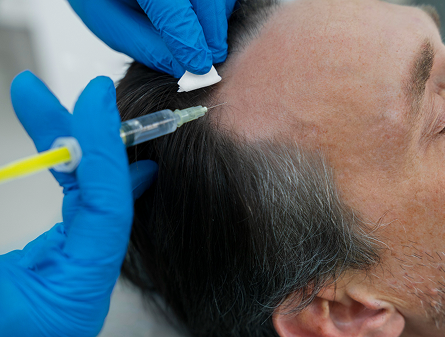Low-level laser therapy (LLLT) exposes the skin tissue to wavelengths of light in the “near-infrared” and red side of the visible light spectrum. The treatment is used ti stimulate the stem cells that cause hair to grow and can be performed at home or in a clinic.
Microneedling is a treatment that involves creating tiny punctures with very small needles on the epidermis (top layer of the skin). This simulates the natural healing properties of the skin and can help to promote hair growth from dormant follicles. Check out the comparison table below to see if LLLT or microneedling is the right treatment for you.
- Laser therapy uses low-level red light to stimulate hair follicles and improve scalp circulation.
- Unlike microneedling, it is non-invasive and typically painless, appealing to users seeking a gentle approach.
- Microneedling creates micro-injuries in the scalp to trigger healing and boost follicle activity.
- Compared to laser therapy, it’s more invasive but may enhance absorption of topical treatments like Minoxidil.
- Home laser machines cost $300–$1000 with no recurring product charges.
- Laser therapy is more expensive to begin with compared to microneedling, but it may work out more cost-effective in the long run compared to clinical sessions.
- Microneedling equipment is cheap to use at home (~$30–$100), but treatments by professionals are costly.
- Compared to laser therapy, it’s cheaper to start but may require repeat sessions.
- Laser therapy sessions typically take 15–30 minutes and are applied 3–5 times a week.
- Sessions are needed more often than microneedling, but with no downtime.
- Microneedling is done weekly or fortnightly, for 10–20 minutes.
- Unlike laser treatment, there may be some time needed to heal from redness or soreness.
- Laser therapy uses light energy to stimulate blood flow and support hair growth.
- Non-invasive and applied externally to the scalp.
- Microneedling uses small needles to puncture the skin, stimulating collagen and repair.
- Unlike laser therapy, it creates a controlled wound-healing response.
- Laser therapy is well tolerated with minimal side effects when used properly.
- Safer for users with low pain tolerance or sensitive skin.
- Microneedling has a minor risk of infection, irritation, or bleeding unless performed in a hygienic manner.
- Unlike laser therapy, it requires stricter hygiene and post-treatment care.
- Laser therapy can be hands-free using caps and requires no direct contact with the skin.
- Easier than microneedling for users wanting a passive routine.
- Microneedling needs manual application or professional sessions with careful aftercare.
- More involved than laser therapy and requires user training or clinical visits.
- Laser devices are available online but may be expensive and not stocked in all retail stores.
- Less readily accessible than microneedling tools.
- Microneedling rollers and pens are widely available online and in retail stores in Australia.
- Unlike laser therapy, they’re lower-cost and easier to access without significant upfront expenses.
- Laser therapy provides ongoing benefits with continued use, but regrowth fades if paused.
- Requires long-term consistency for lasting effects.
- Microneedling can have a long-lasting impact, mainly when used with minoxidil.
- Unlike laser therapy, some improvement may remain even if treatment stops temporarily.
- Laser therapy can be used with topical or oral hair loss treatments to enhance results.
- Works well alongside minoxidil and supplements.
- Microneedling enhances topical penetration, particularly of minoxidil and serums.
- Compared to laser therapy, it more directly boosts absorption and scalp response.
- Laser therapy appeals to users wanting a painless, tech-based solution.
- Viewed as more futuristic and lower-effort compared to microneedling.
- Microneedling appeals to users preferring hands-on, natural regeneration.
- Unlike laser therapy, it may feel more active and results-driven.
- Laser therapy improves blood flow and may reduce inflammation in the scalp.
- Best for enhancing follicular metabolism without physical skin disruption.
- Microneedling promotes collagen, repairs skin, and reduces scalp inflammation.
- Offers both hair and skin benefits, unlike laser therapy, which targets follicles only.
- Laser therapy has minimal environmental impact after purchase.
- Reusable devices produce no monthly waste.
- Microneedling creates waste from disposable needle heads or packaging.
- Less eco-friendly than laser therapy unless reusable tools are used.
Shop our hair solutions
We are committed to providing affordable hair regeneration services for people all over Australia. Our formula can help you regain your confidence.
Shop Now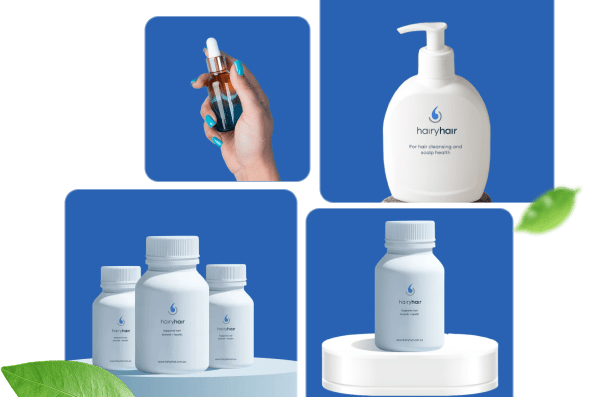

Laser Therapy vs Microneedling Effectiveness Comparison Summary
LLLT sessions in a clinic can be more expensive than microneedling treatments but LLLT treatment sessions are performed less often. An at-home dermaroller device is typically less expensive than an at-home LLLT device but more research may be required when acquiring a device for microneedling at home.
This is because a poorly made product that has not been made in a sterile environment can lead to infection or the spread of bacteria in the treatment site. Microneedling treatments may show results quicker than LLLT. Microneedling sessions usually yield initial results after 3 months while major changes can be noted after 6 months.
LLLT treatments can take between 6 to 12 months to observe results. LLLT does not typically have any side effects with some reports indicating itching, acne, and scalp sensitivity can occur in the minority of patients.
Microneedling sessions can result in redness, mild swelling, and flaking. Microneedling if improperly applied can cause damage to your skin so it’s important to follow application instructions. LLLT sessions carry little risk.
User Guidance
LLLT may be a more suitable option if you’re looking for a non-invasive treatment that carries little potential for side effects. Microneedling, while minimally invasive, is a good choice if you are looking to improve the results of treatments you are currently taking such as minoxidil or PRP sessions.
While both can be performed at home, the clinical-grade versions are more effective at treating more advanced stages of hair loss. While LLLT at home is a relatively universal experience, microneedling can involve a variety of factors that can influence the result. This includes the depth of the needle, the frequency of sessions and whether it is paired with a topical treatment.
Take Our Hair Loss Quiz to See Which Treatment Suits You?
Take A Hair Quiz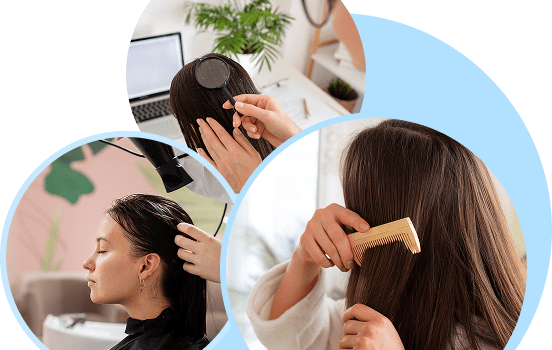
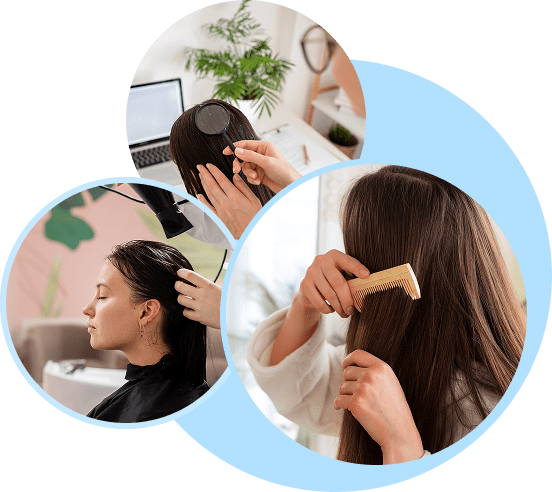
Frequently Asked Questions
We have put some commonly asked questions.
Nunc scelerisque tincidunt elit. Vestibulum non mi ipsum. Cras pretium suscipit tellus sit amet aliquet. Vestibulum maximus lacinia massa nontor.
Platelet-rich plasma (PRP) treatment involves drawing blood from the patient, isolating the beneficial nutrients and injecting it into the scalp where hair loss is occurring. This promotes hair growth and has many other applications from encouraging healing to skin rejuvenation.
Platelet-rich plasma (PRP) treatment involves drawing blood from the patient, isolating the beneficial nutrients and injecting it into the scalp where hair loss is occurring. This promotes hair growth and has many other applications from encouraging healing to skin rejuvenation.
Platelet-rich plasma (PRP) treatment involves drawing blood from the patient, isolating the beneficial nutrients and injecting it into the scalp where hair loss is occurring. This promotes hair growth and has many other applications from encouraging healing to skin rejuvenation.
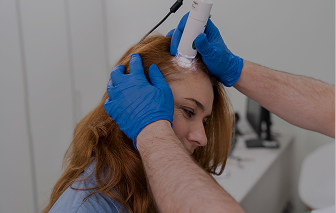
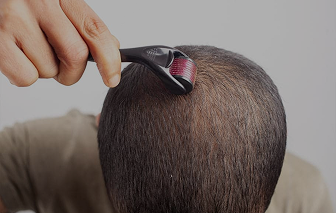

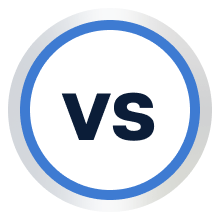

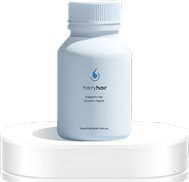
 See All
See All